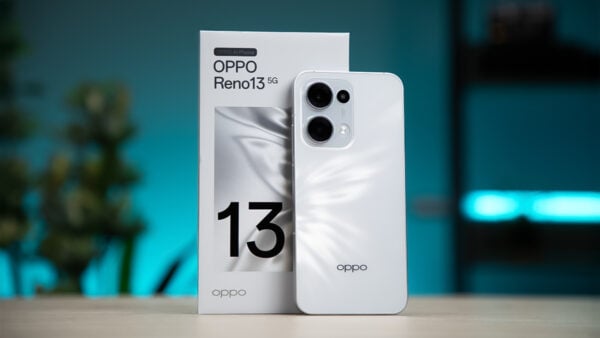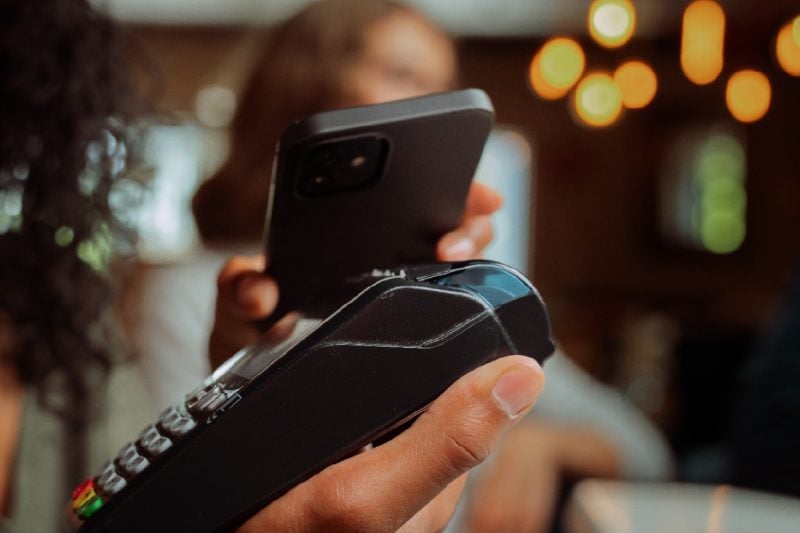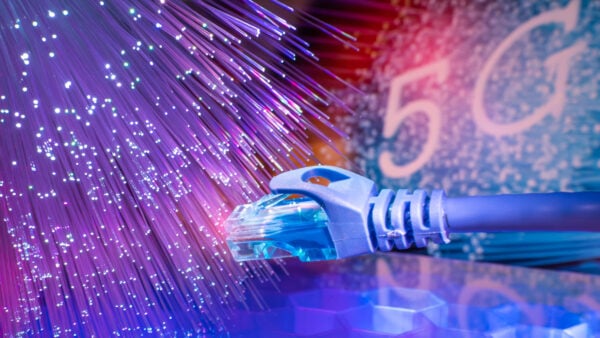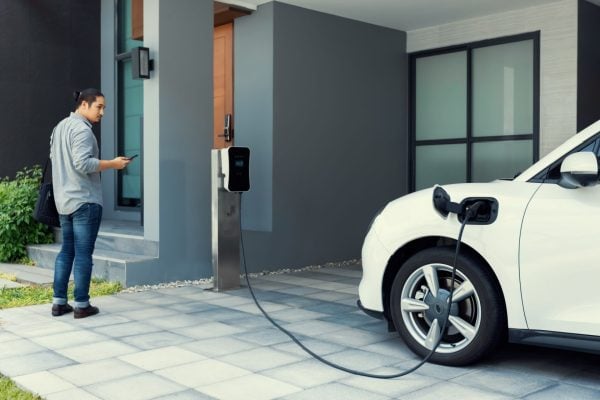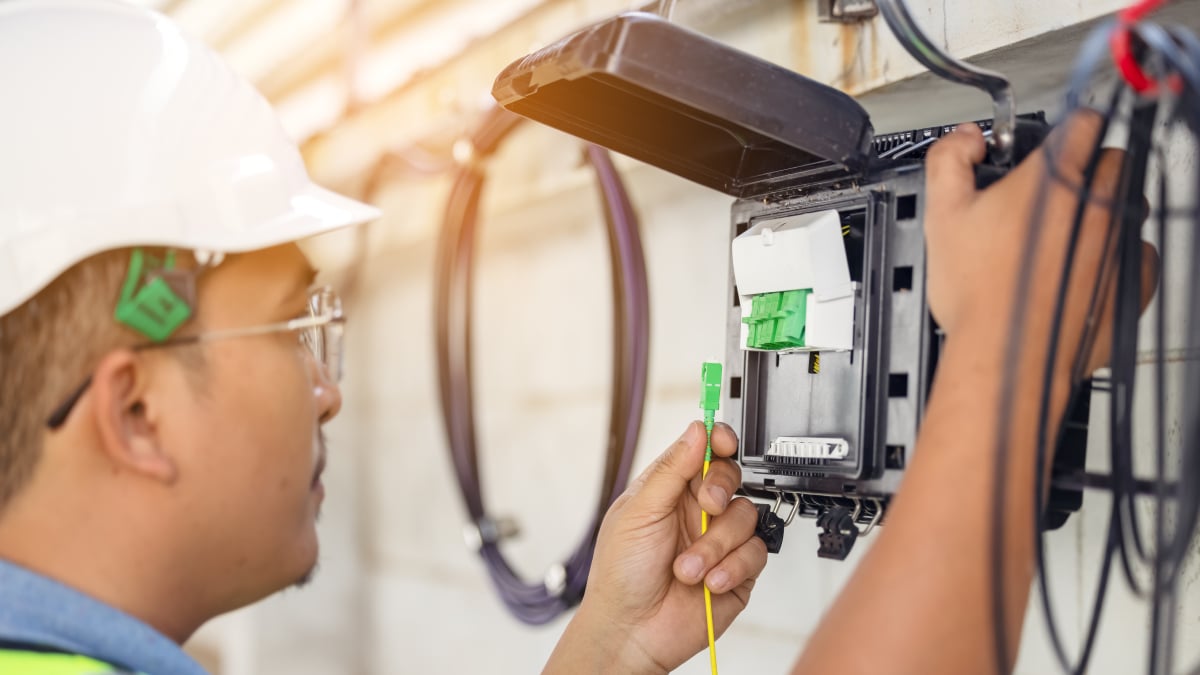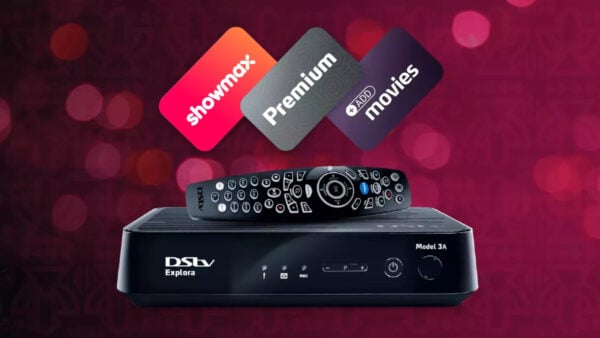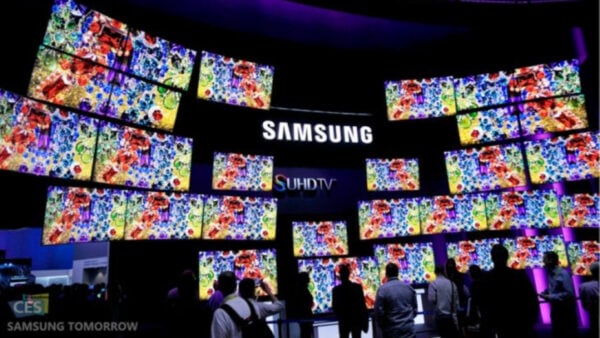Warning to people buying flashlights in South Africa
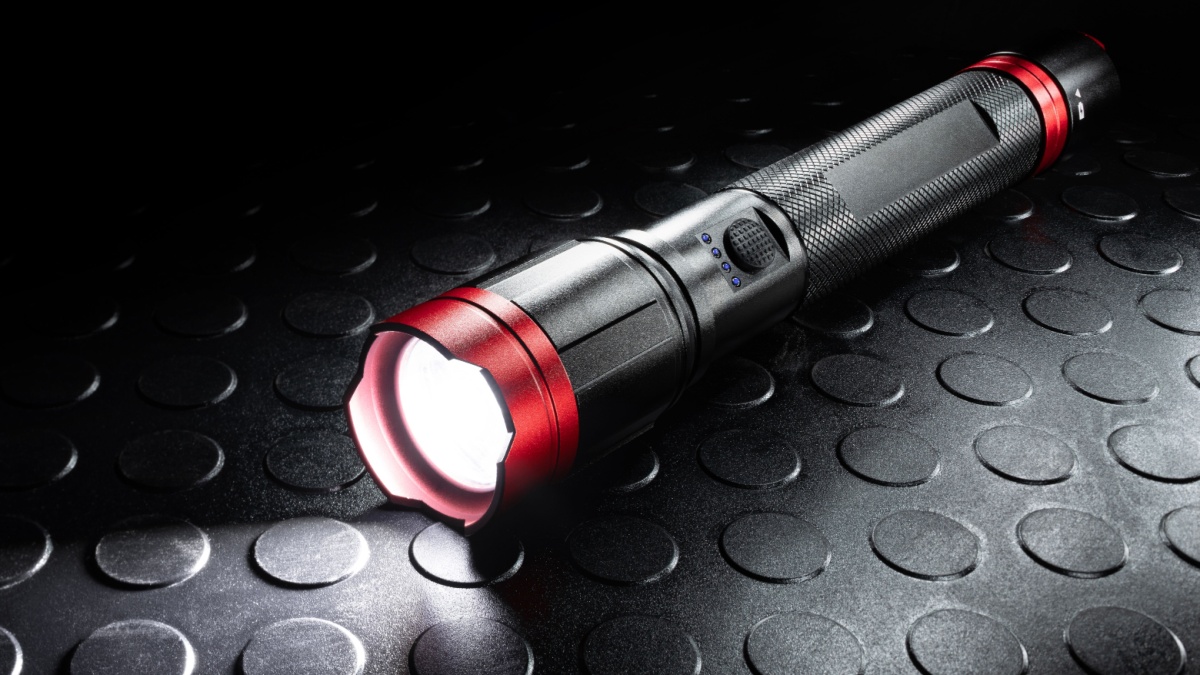
South Africans shopping for LED-powered flashlights online should beware of false or misleading advertising regarding brightness.
When it comes to products like lightbulbs or flashlights, the most important number prominently advertised is the light output or lux, typically expressed in lumens.
This number is supposed to refer to the maximum luminous flux, which indicates the amount of light a source emits per unit of time.
One lumen is equal to one candela, which is the amount of light a regular candle throws onto a 1×1 meter surface located 1 meter away.
A quick search of major online stores will reveal numerous listings of cheap flashlights claiming to have brightness greater than 1,000 lumens.
The issue is that the lumens can vary significantly depending on precisely where the light or illuminance meter is held at the time of the test.
However, many of these cheap products lack any details on testing methods used to calculate their performance.
Reputable brands will specifically mention how their devices’ were tested for the claimed performance.
The first global standard for measuring flashlight performance is the ANSI/PLATO FL 1-2016 standard, developed by the Portable Lights American Trade Organisation (PLATO).
The standard includes testing methods to determine peak beam intensity, beam distance, run time, and light output.
The latter refers to the lux number expressed in lumens in flashlight advertising.
One reputable flashlight brand that uses the standard for its products is German manufacturer LEDlenser.
The company has explained where some of the misleading lumen figures may originate.
It is generally accepted that measuring the lumens as close to the surface of the lens as possible is a good way of determining the LED’s strength.
However, the ANSI/PLATO FL 1-2016 standard does not measure lumens near the lens.
Under the standard, a spherical device is used to measure the total quantity of emitted overall light energy over the entire angular output of flashlight.
Using the lumens close to the lens does not reflect the true performance of a flashlight, as the user will often point it at objects some distance away, where the measurable lumens will have dropped off exponentially.
In addition, flashlights can have focusing systems that use reflective surfaces and magnifying lenses to optimise or concentrate their light output.
Therefore, a flashlight with 500 lumens but a higher quality focusing system might have a higher perceived brightness than a 700 lumens flashlight with a poorly-optimised focusing system.
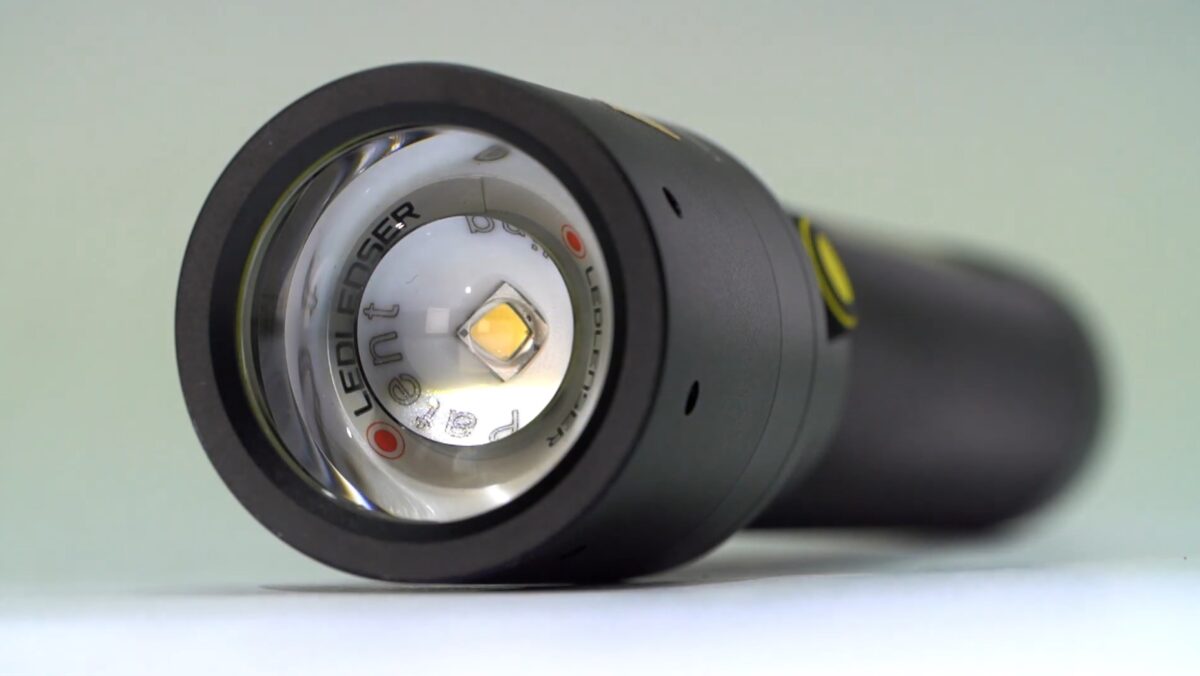
Spotting the deceivers
In some cases, it is easy to identify when a flashlight listing potentially has exaggerated specifications or the lumens were measured near its LED’s surface.
One listing on Takealot has a flashlight with 90,000 lumens priced at R175. Despite its high lumens count, it had a claimed maximum beam distance of 300 meters.
At the time of publication, the nearest comparable flashlight that had been tested independently was the AceBeam X75, a much bigger model with an advertised 80,000 lumens, which has been independently verified.
Despite having 10,000 lumens less, its maximum beam throw is 1.15 kilometres, over three times the distance of the unbranded torch. However, it is priced at R10,999.
Takealot also had several models with claimed brightness of 10,000 lumens selling for around R400 to R600 — including several from a brand called “Smiling Shark.”
However, none of these listings made mention of the methods used to test their light output.
You don’t need thousands of lumens
While a high-brightness flashlight can be a great showpiece, most people will find that 500 lumens to 1,000 lumens are more than suitable for general everyday applications.
LEDLenser has provided an overview of the lumens required for various categories of tasks as follows:
- Under 150 lumens — Night light, reading light, backlighting
- 150 to 500 lumens — Everyday indoor and outdoor tasks, DIY work
- 500 to 1,000 lumens — Outdoor activities
- 1,300 to 3,000 lumens — Camping, fishing
- Over 3,000 lumens — Hunting, search and rescue, policing
Considering the above, it may make more sense to buy a tested flashlight from a reputable brand with lower lumens than an untested off-brand flashlight.
It is also important to consider that brightness is not the only major performance factor to consider when buying a flashlight.
When it comes to rechargeable flashlights, the battery type and capacity are also essential.
A common way to lower the cost of a flashlight is to use a smaller or a lower-quality battery that will not last very long or dim the light faster.
In addition, flashlights are typically used for highly mobile applications, which makes robust housing essential.
Poor materials and build quality will result in damage when the flashlight is dropped or handled roughly.
Buyers may also want to consider models rated for water resistance, particularly if the flashlight will be used outdoors frequently.







